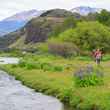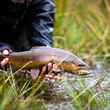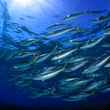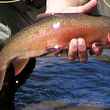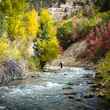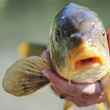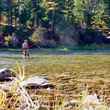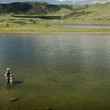According to Trout Unlimited's Alaskan Director Tim Bristol, the Pebble Limited Partnership's (PLP) response to the EPA's recent announcement that it would initiate further investigative action under Clean Water Act section 404(c) was "predictable" and "desperate." The response was issued in the form of a document circulated to PLP investors and also published on the group's website.
The PLP, which has long been seeking to build the much-maligned Pebble Mine in the Bristol Bay region of Alaska, has suffered numerous setbacks recently as two of the group's largest investors -- mining giants Rio Tinto (NYSE:RIO) and Anglo American (LON:AAL) -- have walked alway from the project, dissolving their investments in the partnership, citing the project's grim future. Northern Dynasty Minerals (NYSE:NAK), the project's only significant remaining stakeholder, has elected to stay the course, hoping to move the project forward in spite of steadily mounting opposition.
Many will consider Bristol's harsh critique of the PLP response to be spot on. The document circulated by the partnership reads more like a childish rant than an informative, carefully worded letter to investors. In it, the PLP accuses EPA employees of "secretly plott[ing] with environmental activists," scheming to sabotage US financial markets and puts forth other such unsubstantiated, unethical and inaccurate claims.



